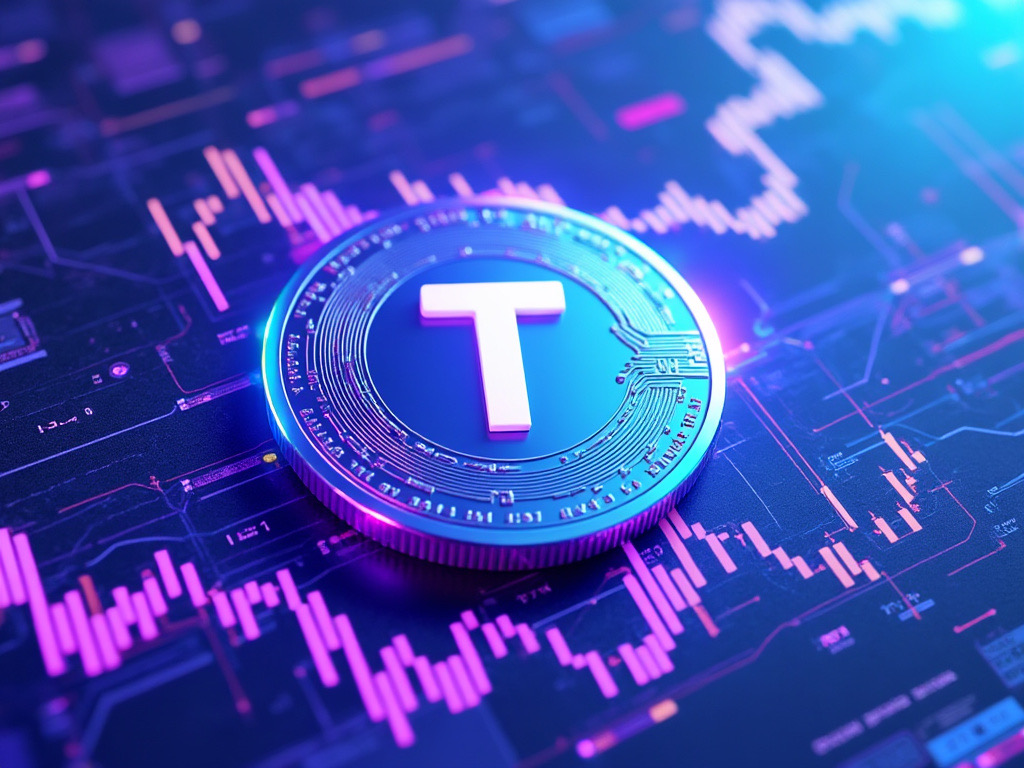
Tether FAQ
What is Tether (USDT)?
Tether (USDT) is a cryptocurrency stablecoin pegged to the value of one US dollar. It was launched in 2014 by Tether Limited (also Bitfinex) and is designed to provide stability in the volatile cryptocurrency market. Tether claims that each USDT token is backed by an equivalent amount of fiat reserves, including cash and other financial instruments.
How does Tether (USDT) work?
Tether operates on multiple blockchains, including Bitcoin, Ethereum, and others, allowing it to be widely accessible. The value of USDT is maintained by Tether Limited, which holds reserves to back the tokens. Users can exchange fiat currency for USDT and vice versa, providing a stable medium of exchange and store of value within the cryptocurrency ecosystem.
What are the technical aspects of Tether (USDT)?
Tether is issued as tokens on various blockchains, including Bitcoin (via the Omni Layer), Ethereum (as an ERC-20 token), and others. The tokens are designed to be fully backed by Tether's reserves, which include cash equivalents and other assets. Tether's transparency reports provide insights into the composition of these reserves.
What are the advantages of Tether (USDT)?
Tether offers several advantages, including price stability, which makes it useful for trading and as a store of value. It allows users to move funds quickly between exchanges without converting to fiat currency, reducing transaction times and fees. Tether also provides a hedge against the volatility of other cryptocurrencies, making it a popular choice for traders.
What are the disadvantages of Tether (USDT)?
Tether faces challenges such as regulatory scrutiny and concerns about the transparency of its reserves. There have been questions about whether Tether is fully backed by fiat reserves as claimed. Additionally, Tether is centralized, meaning that Tether Limited has control over the issuance and redemption of USDT. This centralization can lead to concerns about censorship and control. Furthermore, Tether's adoption is limited compared to other cryptocurrencies, and it lacks privacy features and smart contract capabilities.
How can I buy and store Tether (USDT)?
You can buy Tether (USDT) here. USDT can be stored in various types of wallets, including hot wallets (online wallets connected to the internet) and cold wallets (offline wallets not connected to the internet, such as hardware wallets and paper wallets).
What are common uses of Tether (USDT)?
Tether is commonly used for trading and as a stable store of value. It allows traders to move funds quickly between exchanges without converting to fiat currency, reducing transaction times and fees. Tether is also used for remittances and as a means of payment for goods and services in some cases.
What are the risks associated with Tether (USDT)?
The value of Tether (USDT) can be affected by regulatory changes and concerns about the transparency of its reserves. While Tether itself is designed to be stable, users must take precautions to protect their wallets and private keys from theft and hacking. Additionally, the centralization of Tether means that Tether Limited has control over the issuance and redemption of USDT, which can lead to concerns about censorship and control.
How is Tether (USDT) different from other stablecoins?
Tether is one of the oldest and most widely used stablecoins, but it faces competition from other stablecoins like USD Coin (USDC) and PayPal USD (PYUSD). Unlike some decentralized stablecoins, Tether is centralized and issued by Tether Limited. This centralization allows for easier regulation and control but also raises concerns about transparency and censorship.
Learn more about cryptocurrencies
This FAQ helps you learn about various cryptocurrency projects. Understanding different cryptocurrencies is important in today's digital economy. Each offers unique features and benefits, helping you make informed decisions for investing, trading, or exploring digital assets. Dive in to enhance your financial knowledge and stay ahead in the crypto space.
